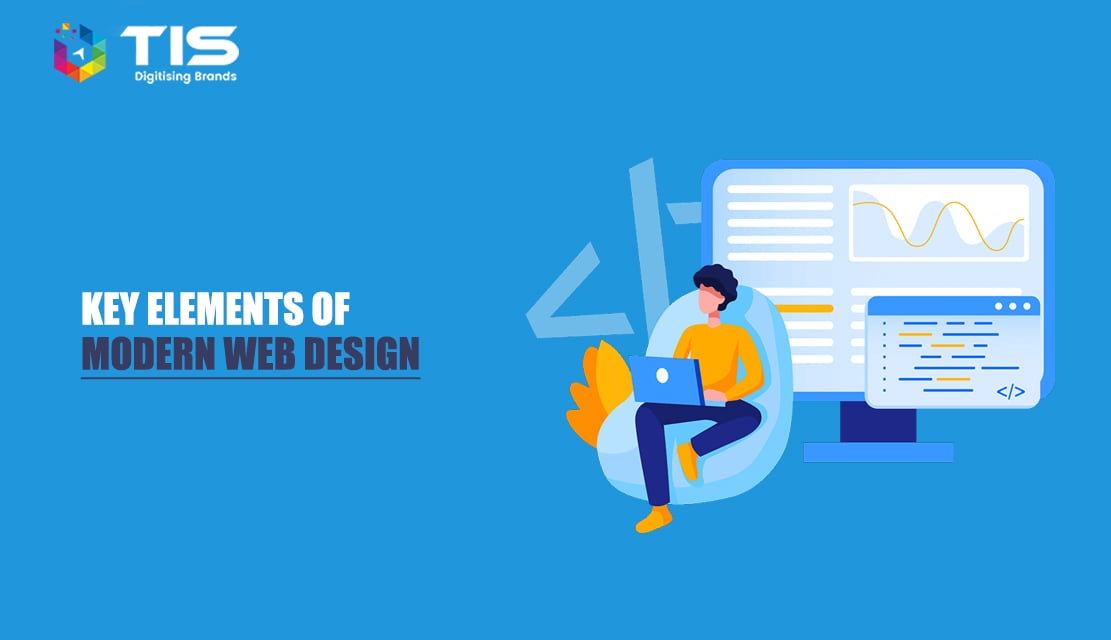
Recommended best practices for website design change every year, and while, some of these changes may be purely visual, there are several significant changes that affect a website’s full potential. In the past, web design dictated that sites be created with numerous pages. While this is still possible and even recommended for some sites, it is not a defining requirement. There are wonderfully designed websites of just one page, or at the very most, three to five pages. This doesn’t mean these websites have little to no content. On the contrary, the content sits on these few pages and can be accessed by scrolling. A process that was a definite ‘no-no’ even a few years ago. Today, for many users, it is easier to swipe at a screen (as in a tablet, or smartphone), or to scroll down, than it is to click on a page link.
In the current Web design world, there are many design frameworks. Those used are dependent upon the website owner’s needs. So what works for one owner or product, may not work for another. But one thing must agree upon; whatever structure a designer uses, the website must have Responsive Web Design. In other words, it must provide an optimal viewing experience across all devices, in all explorers, and across all operating systems. From a design standpoint, this means that aesthetic appearance is just as important as the content a website contains.
Commendable website design incorporates both aesthetic and functional elements. It is a working relationship between visual design elements, corporate branding, and content. Its message is just as important as its visual appeal. Modern websites must engage with the audience. To embrace all of these factors, the following are four critical website considerations to keep in mind throughout the design process:
The purpose of the website will influence its design, the style, and the technology you use. It may also affect your hosting costs and your budget. So it’s important to have this purpose well defined before starting the design process. A few questions you should ask yourself:
Current website design centers around a targeted audience, a specific group of people with particular interests or needs. So when designing, you must keep this audience in mind. The answers to the following questions can help you focus on these needs.
A website tells a lot about a business. The first impression a viewer has is of the amount of thought and effort the business is put into branding, content, and website design. Unfortunately, too many companies don’t place value on their overall website design, and so don’t get the full benefit from it. They neglect one or more of the most important elements of good web design: visual appeal, brand recognition, and website copy. They tend to focus solely on making the sale. This is why it’s so important to consider the message you want to make when in the design process. Ask yourself:
A web designer must also focus on functionality. Consider navigational properties, intuitive qualities and audience engagement. Designers must also consider the functionality of the design elements on the different screen sizes, from very large is very small. Consider the following questions when analyzing a website’s functionality:
When all of these considerations are met, and the website is online, a web designer’s task is not finished. A website must be monitored and analyzed continually so it adapts to new technology and trends. The current merge between content and aesthetics is effective, but requires continual change, the integration of new design concepts and new online technology.
Website customers must understand that a website is an ongoing investment, much as other marketing projects are (TV, print, and radio advertising.) No longer can the website function as a virtual calling card; one where only those audiences who are already familiar with the business can access it. Current online consumers are not interested in beautiful advertisements. They are looking for visual and informational experiences. Business owners, who don’t focus on this new consumer trend will be left behind.
So if you are starting to design a website or any other web development project, you can follow the suggestions mentioned in this guide to make your project successful. This article will surely help you to achieve your business targets.